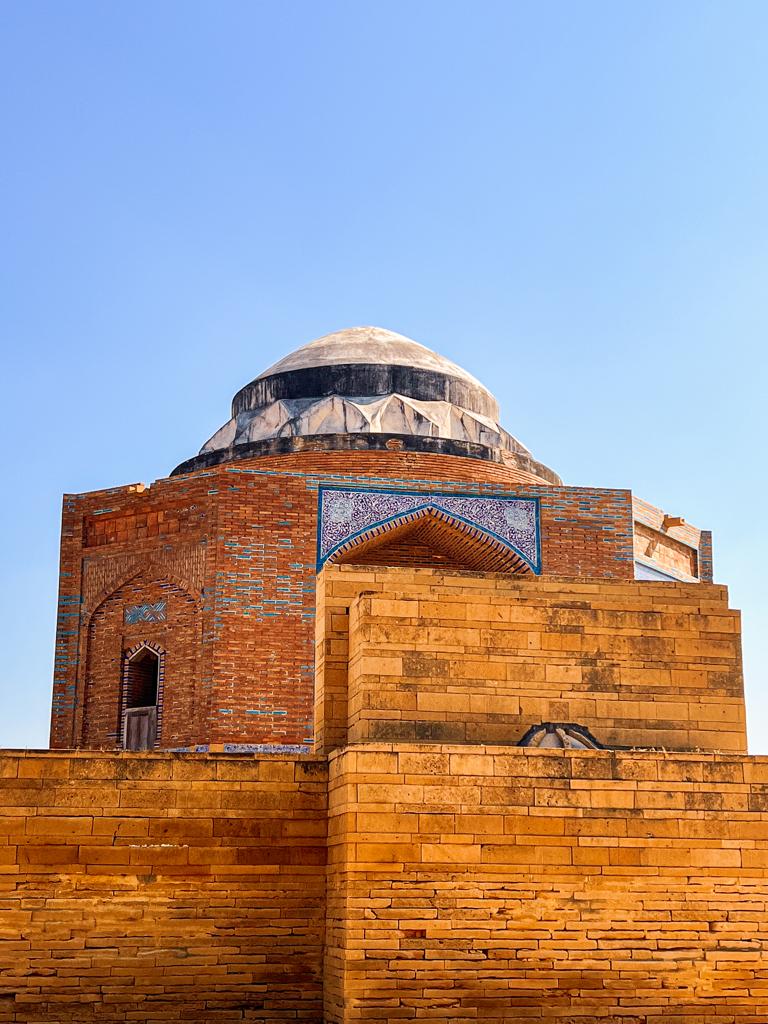Sindh, also known as Sind is one of the other three provinces of Pakistan. Being an industrial province, it has been the spine of Pakistan’s economy. Every now and then a number of employment opportunities are provided to unemployed percentage as a chance in their relative fields. However, Sindh is known for its beauty as well.
Makli is the historical graveyard located in Thatta, Sindh on a plateau which is spread out 10 kilometers in the city. When I visited it, I was surprised to see the extremely well maintained vicinity. As soon as I entered the Graveyard, I saw a ticket counter which was made for the consumption of the tourist facility. Several golf carts were being used as a tour vehicle for families and tourists. One of the drivers of one of the carts, Mehmood educated us about the graveyard and the number of tombs inside it. He was a well-spoken local who had a vast knowledge about the Graveyard.
Mehmood told us that Makli has around 1,000,000 One million graves from which there are around 72 Tombs which are also known as “Gumbat’s”. These Gumbat’s are from 16th century and have been divided in four portions. He told us the uniqueness of this graveyard is the difference between the appearance of graves of both, males and females. He mentioned, “There is an evident difference between a male and a female’s grave like Chaukhandi Graveyard has jewelry pieces crafted on female’s graves and Turban on a male’s grave. Graves of males in Makli are flat from top whereas the top of female’s graves are round.” He added, “There are about 100 big Mazaar’s in Makli Graveyard”.
Along with generous hospitality and kindness of people we witnessed a lot of construction taking place within the vicinity. The well maintained graves and Tombs with beautiful Multani ceramic artwork borders and Quranic verses engraved on it were literal definition of Antique beauty. The artwork from years is still preserved and well maintained for which I give full credit to the Sindh Government, and Sindhi locals who were extremely friendly and generous enough to help us discover more of Sindh.
Eesha Sufyan

